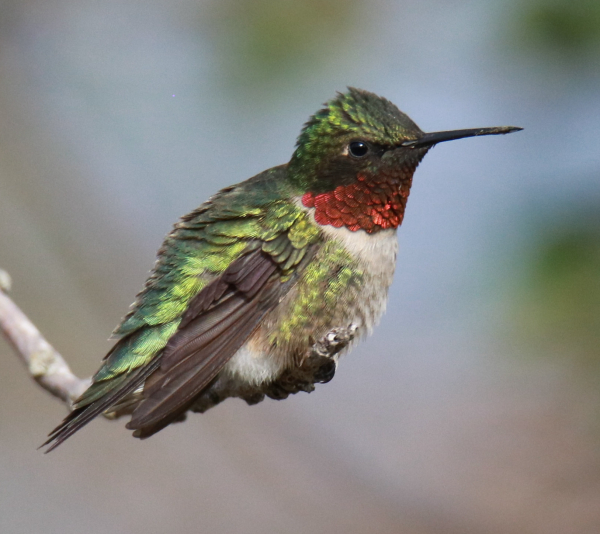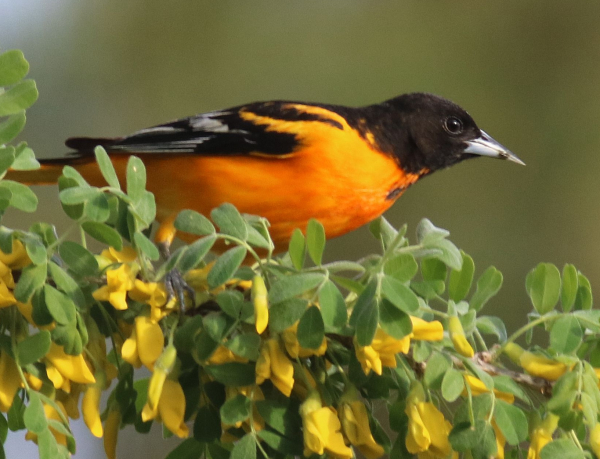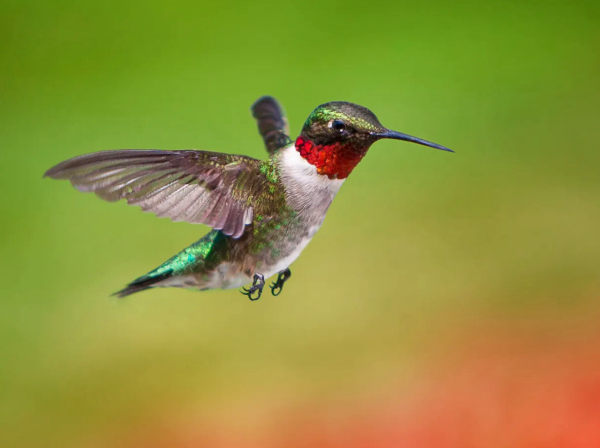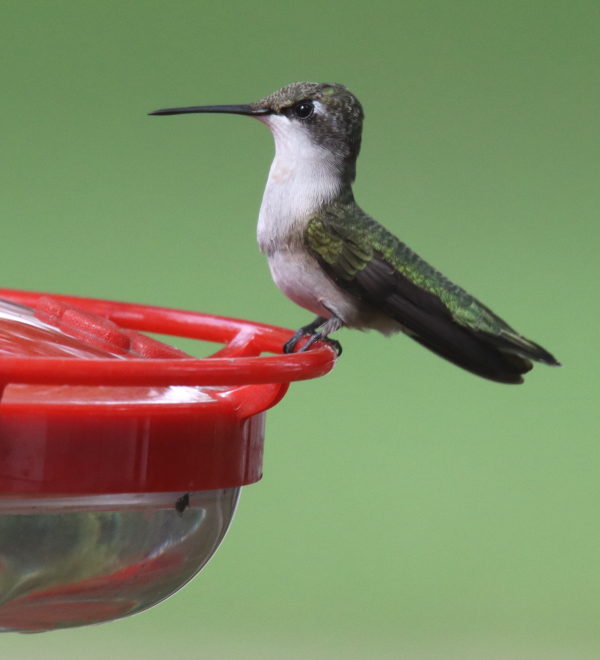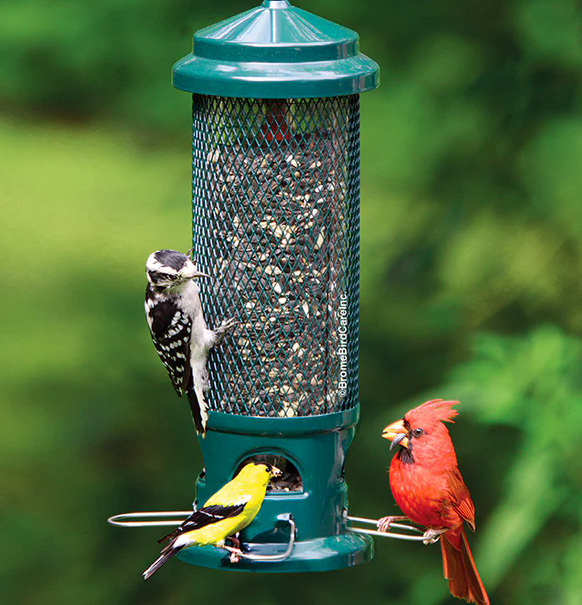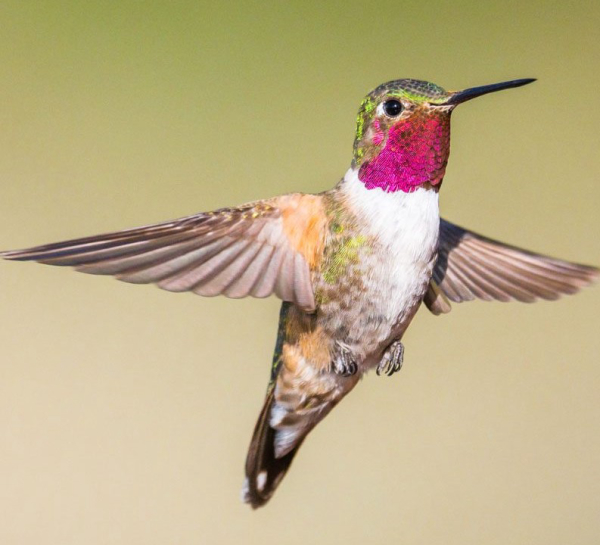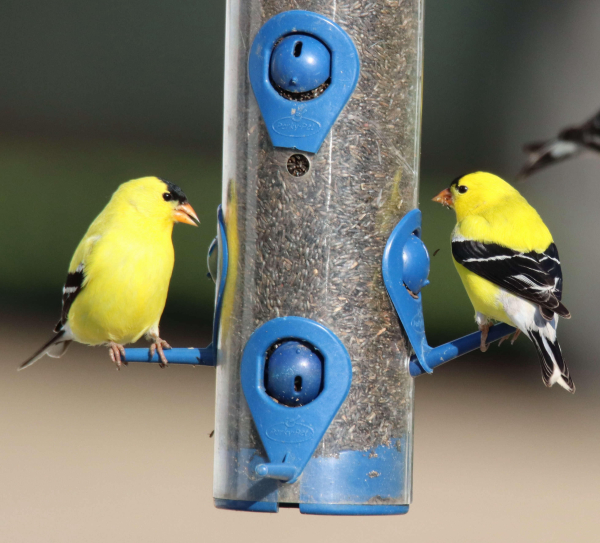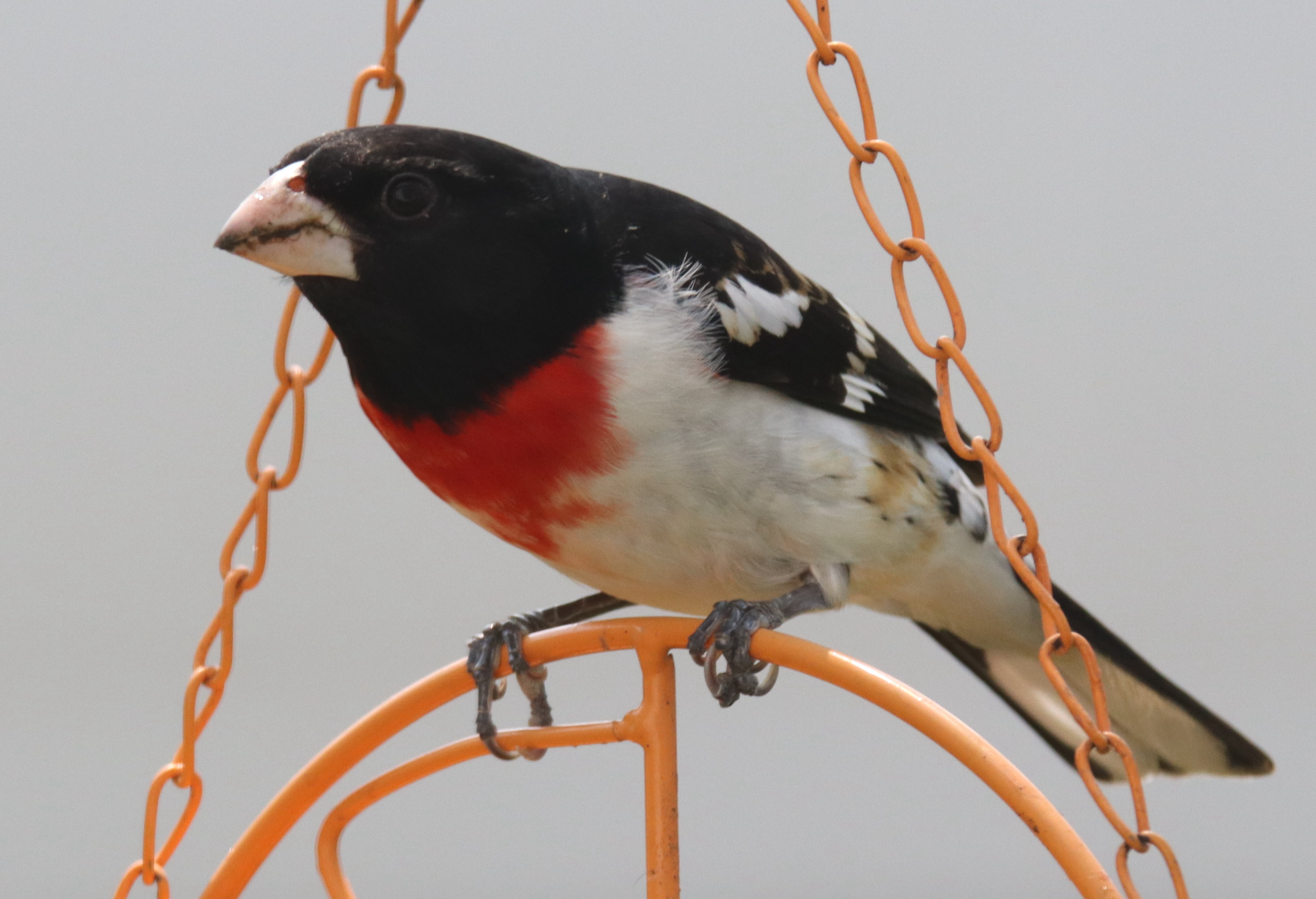It’s Hummingbird Migration Time Again!

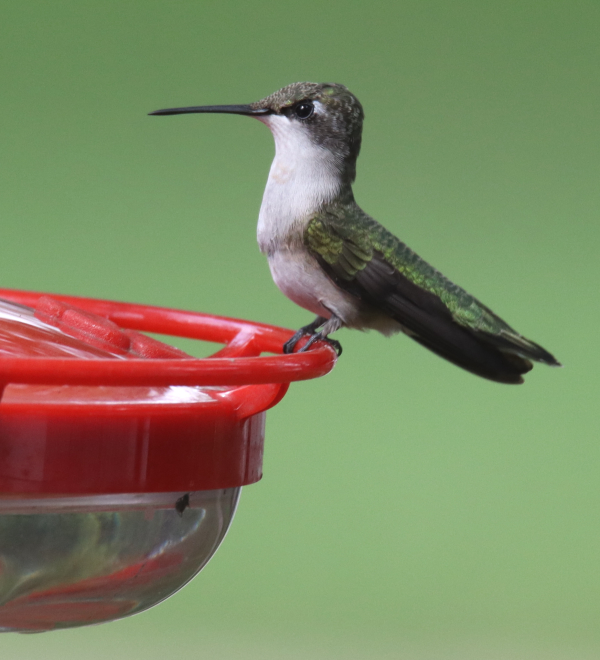
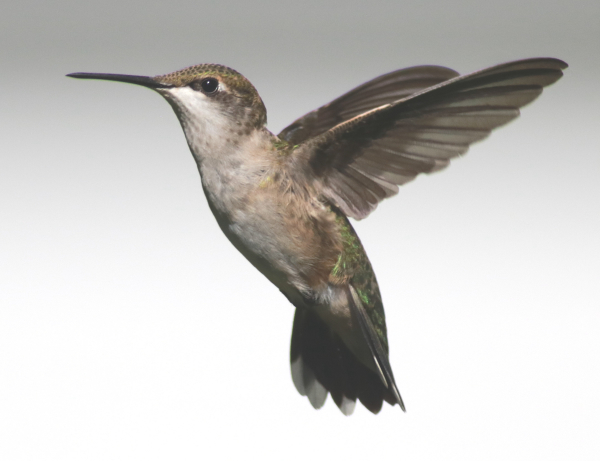
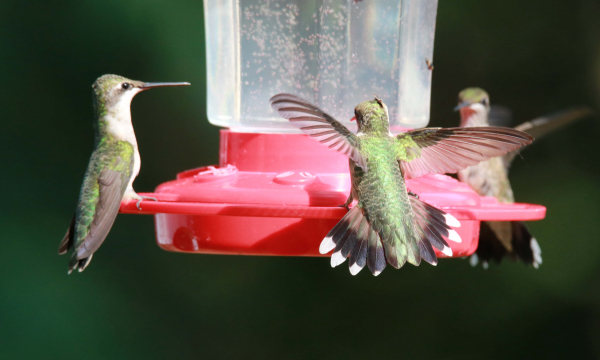
Judging by the number and locations of hummingbird festivals alone – 6 festivals in 5 states – the hummingbird action is heating up. More important, each day it seems there are more hummingbirds coming to our feeder and flower gardens – males, females, and young hummers – with a couple species to watch for daily. Providing the best feeder and flowers scenario for hummingbirds can make the late summer hummingbird migration period one to remember for you and your family. And hummingbird numbers now include a new cohort of fledglings joining the populations that migrated north this spring.
Hummingbirds certainly enliven our feeders and yards, providing exciting observations throughout August and September in most states and provinces. Hummingbird visits will also continue through the winter months in some portions of southern states from California and Arizona to New Mexico, Texas, and Louisiana.
Overall, we are talking 13-ish species of hummingbirds north of Mexico, but attracting any species of hummingbird is pretty standard – it only takes a feeder with fresh sugar-water nectar, and adjacent flowering plants add to the attraction (the more tubular flowers the better). So it’s easy to provide hummingbird basics, but there are some other options that can enhance your hummingbird experiences during coming weeks.
– First, you may want to consider adding another nectar feeder, perhaps providing one in a sunny area and one in the shade, or one in the front yard and one in the backyard at favorite viewing locations.
– A second feeder can be a good option due to the aggressiveness of territorial hummingbirds that can intently protect a food source (nectar feeder). The key is to separate the feeders visually, to improve feeding opportunities for the birds during their migration stopover.
– Perhaps you’re thinking about adding a window feeder, with the idea of seeing hummingbirds even closer. It’s a great way to interest children or entertain seniors, as well as impress visitors.
– It’s best not to wait for a hummingbird feeder to be empty before re-filling it with fresh nectar, and we shouldn’t mix old and new nectar when refilling – fresh nectar is always best.
– This period can also be the peak for blooming flowers in many flower gardens, and some birders plant specific hummingbird gardens that are at their best from mid-August to freeze-up.
– It’s not too late to add a fully blooming hanging basket of tubular flowers, or a few of them – preferably red or pink flowers (hummingbird’s favorites) that will attract hummingbirds and provide a nice stopover treat for migrating hummers.
– Potted plants that are added to attract and benefit hummingbirds can also refresh and add color to your existing feeding station. Consider positioning a planter or 2 on the ground and elevated at different levels to add to the overall look of your yard.
– It’s also a good time to think about adding a hummingbird garden to your yard, planting annual flowering plants with red tubular flowers now for next year and future years. Think big, and it will pay off in beautiful flowers and more hummingbird interactions.
– A hummingbird garden can mean landscaping on a larger scale too, especially if you wish to add a couple different flowering bushes, or a flowering tree. Of course, all the gardening suggestions are more relevant where there are longer growing seasons, or in southern areas where no freezing temperatures are expected.
– When selecting plants, keep in mind when they bloom – for spring migration, during the summer nesting season, during late summer for fall migration, or during more than one hummingbird period.
– Also, don’t forget about the attraction of water: Hummingbirds especially utilize a fine mist of water for drinking and bathing in flight, as provided by a mister attached to a water hose.
– Overall, what you do for hummingbirds will also attract and benefit a much wider variety of birds – at your feeding station, or in your yard.
– Take advantage of visiting hummingbirds to photograph birds at your feeders, while they visit your flowers for nectar; at nearby perches, and when they are hovering.
– Use a hummingbird feeder as a central element of a “photo studio” using optimum positioning with regard to sunlight direction and time of the day. Take photos with the feeder included, and when hummers are in flight adjacent to it.
– We travel with a hummingbird feeder and ready-mixed liquid nectar packages so we can add a feeder to our location to see what kinds of hummingbirds we can attract during overnight stops and extended visits.
– You can share your hummingbird interests at work, or school too – essentially anywhere you go. Adding a hummingbird feeder at your office or at school is simple and unobtrusive – as long as you keep it clean and you keep it filled with fresh sugar-water nectar. Undoubtedly, you will interest others in viewing these birds and learning more about the New World’s variety of hummingbirds.
– We also encourage everyone to read more about the variety of hummingbirds and their natural history and ranges – from Alaska to Argentina, which includes 363 different species, all of which are spectacular! And you can learn about each species in the hummingbird family, Trochilidae, at Birds of the World at Trochilidae – Hummingbirds – Birds of the World
Another option related to hummingbirds found in the United States and Canada is to refer to All About Birds at 9 Hummingbird Species to Look Out for This Summer | All About Birds All About Birds The first question many birders have is: “Where do the hummingbirds that visit our feeders and flowering plants spend the winter?
For some of the basics of providing a hummingbird feeder and nectar, visit Hummingbird Central at Hummingbird feeders, glass feeders, plastic hummer feeders and how to make hummingbird nectar solutions (hummingbirdcentral.com) This website also shows a variety of different models of hummingbird feeders available to birders, and offers some insights into hummingbird biology too. Most of all, enjoy the birds around you, including our variety of marvelous hummingbirds!
Share your backyard birding experiences and photos with The Birding Wire at editorstbw2@gmail.com

